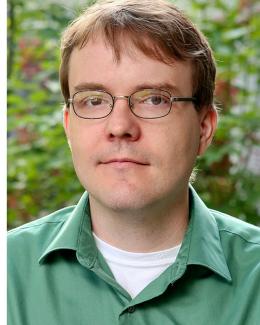Abstract
Helium accumulation negatively impacts structural materials used in neutron-irradiated environments, such as fission and fusion reactors. Next-generation fission and fusion reactors will require structural materials, such as steels, resistant to large neutron doses yet see service temperatures in the range most affected by helium embrittlement. Previous work has indicated the difficulty of experimentally differentiating nanometer-sized helium bubbles from the Ti-Y-O rich nanoclustsers (NCs) in radiation-tolerant nanostructured ferritic alloys (NFAs). Because the NCs are expected to sequester helium away from grain boundaries and reduce embrittlement, experimental methods to study simultaneously the NC and bubble populations are needed. In this study, aberration-corrected scanning transmission electron microscopy (STEM) results combining high-collection-efficiency X-ray spectrum images (SIs), multivariate statistical analysis (MVSA), and Fresnel-contrast bright-field STEM imaging have been used for such a purpose. Results indicate that Fresnel-contrast imaging, with careful attention to TEM-STEM reciprocity, differentiates bubbles from NCs, and MVSA of X-ray SIs unambiguously identifies NCs. Therefore, combined Fresnel-contrast STEM and X-ray SI is an effective STEM-based method to characterize helium-bearing NFAs.


